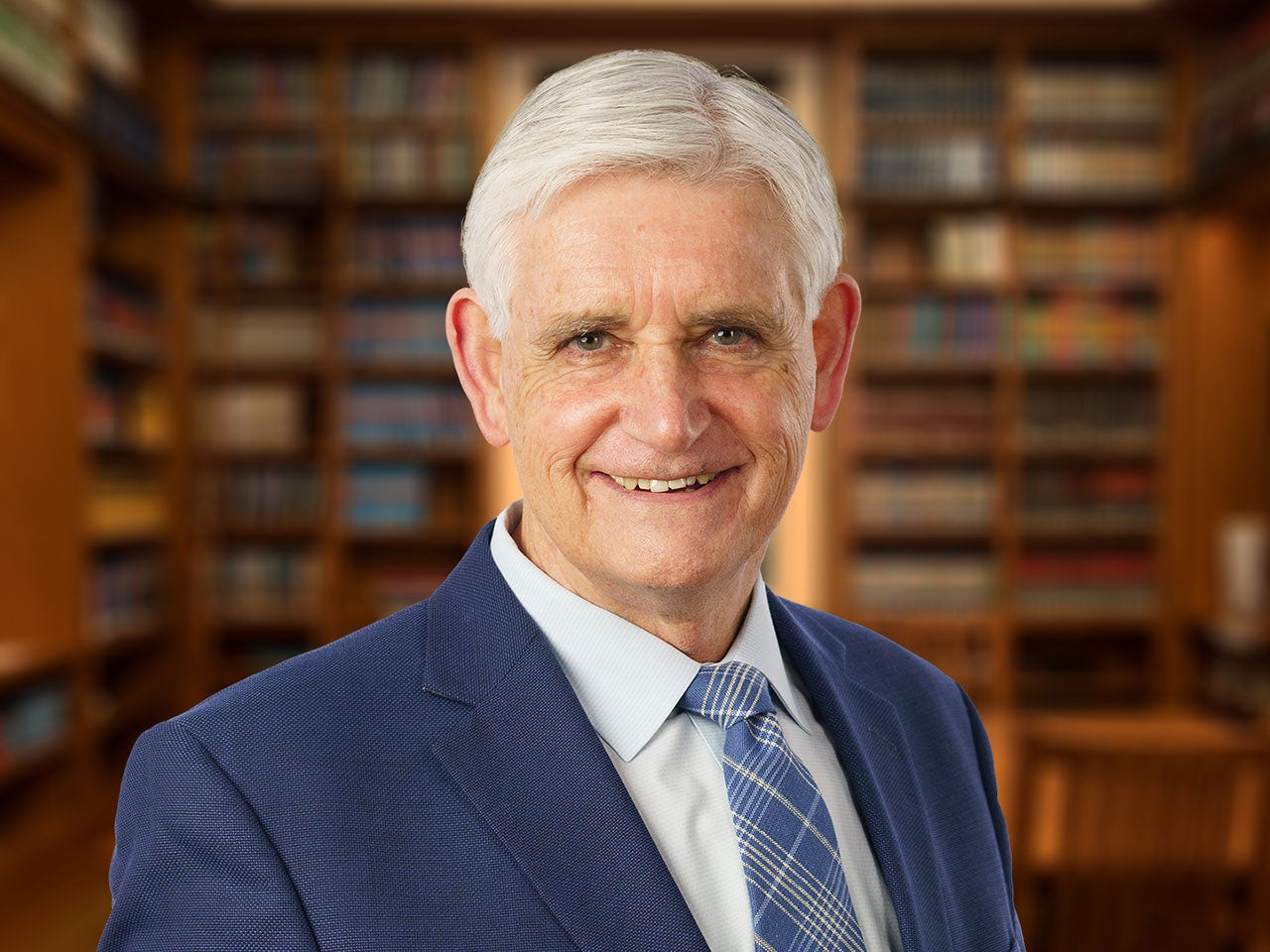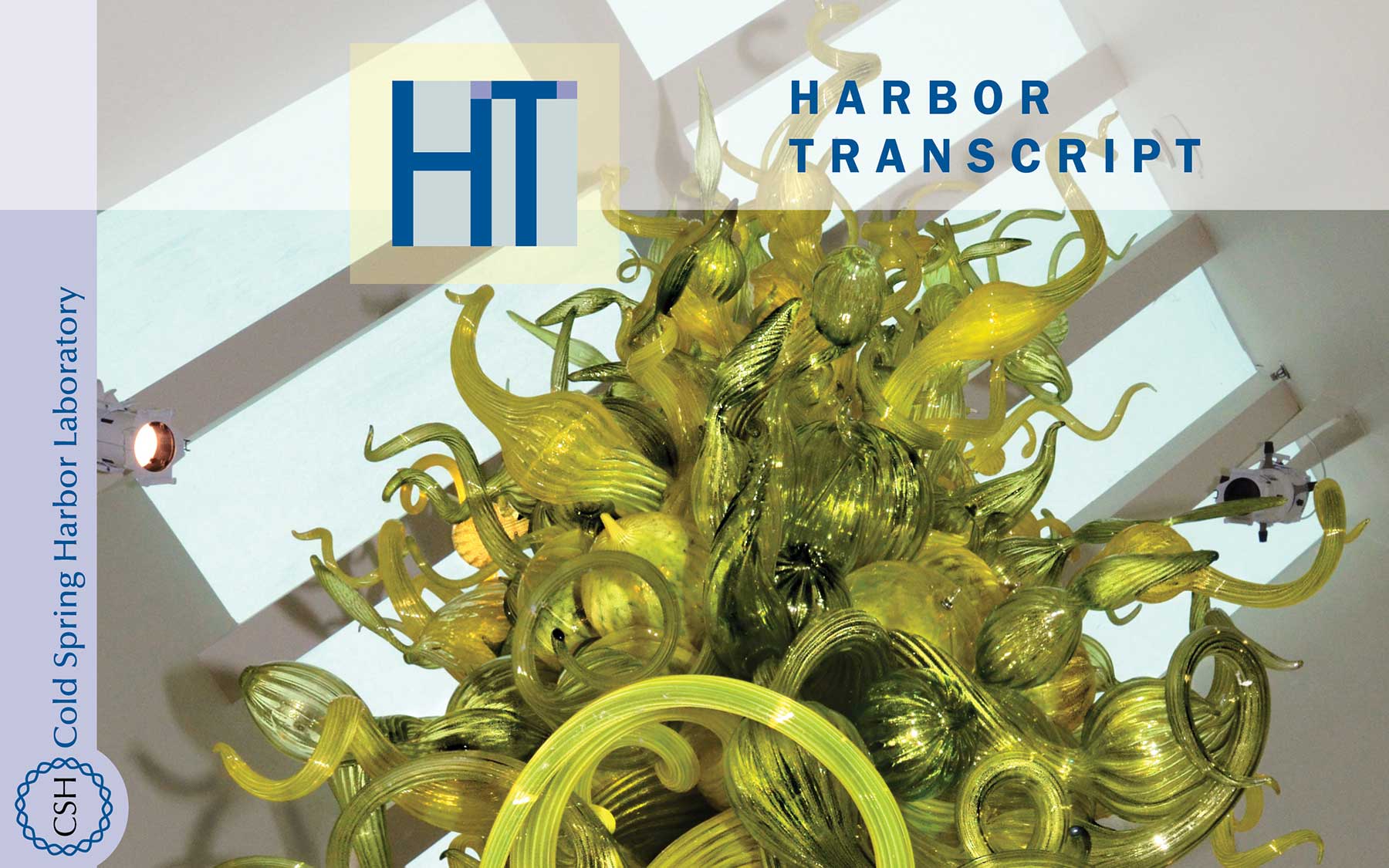Since 1890, Cold Spring Harbor Laboratory (CSHL) has consistently advanced the frontiers of research and education in biology. How we have come so far is remarkable, considering that Darwin’s theory of evolution and Mendel’s explanation of genetics were at the cutting edge little more than a century ago. Curiosity-driven research, innovation and risk-taking underlie our success. The brain is the next frontier in biology and CSHL is at the front lines.
Our neuroscientists are exploring brain architecture and how the brain makes decisions. They are collaborating with geneticists, structural and computational biologists to understand brain biology associated with schizophrenia, anxiety and depression as well as disorders ranging from autism to Alzheimer’s disease. CSHL is examining how brain cells develop and connect with other cells to perform specific functions, including understanding the differences between male and female development. Innovating tools to advance the entire neuroscience field, our scientists are visualizing and mapping brain cells and circuits.
The Laboratory’s advanced technology courses are also equipping the world’s top scientists with the practical skills to deploy the latest tools in their own research pursuits. History has shown us that access to these courses can lead to game-changing developments. Nobel prizes, in fact, as you will learn in an article that highlights course alumni, Nobelist Robert Horvitz and MIT’s 16th President, Susan Hockfield.
We formed a strategic affiliation with Northwell Health in 2015 to accelerate the translation of cancer research from the frontiers of biology to the clinic. Together, we have recruited professionals and instituted research-clinician training programs to bring our research to patients. Get to know CSHL Professor and Northwell oncologist Robert Maki.
Plant biologists are addressing the societal challenges of sustainability. The future of this planet demands more food and energy production in increasingly challenging environmental conditions. “One Experiment” shows one way CSHL is making a difference.
As a scientist, I know there will always be a new frontier to discover. A major contributor to what we know so far about life science is Jim Watson, who just turned 90 years old. He and his wife, Liz, have been devoted to CSHL for 50 of those years. In 1953, when Jim was only 24, his explanation of the structure of DNA was touted as the discovery of the secret of life. Even he could not have envisioned how much has been revealed since. I hope you find the advances described herein inspiring.
— Bruce Stillman
“President’s message”
Harbor Transcript, Volume 38, Issue 1, 2018
About

Bruce Stillman
President and Chief Executive Officer
Oliver R. Grace Professor
Cancer Center Member
Ph.D., Australian National University, 1979

